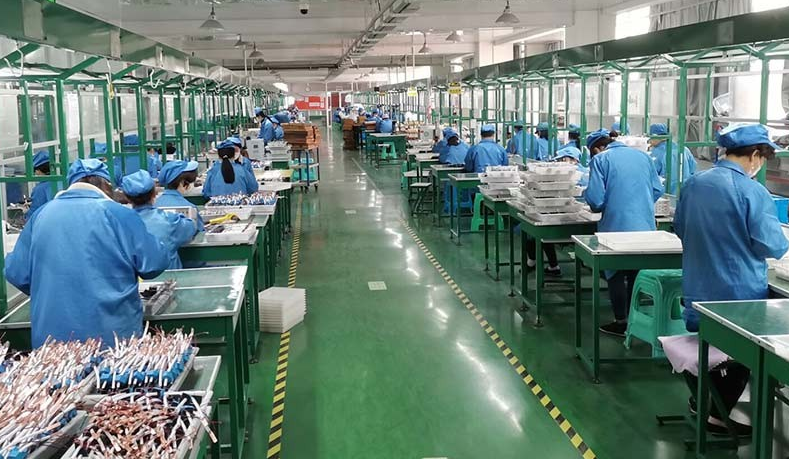How shunts are produced
I would like to discuss how shunts are produced.

I. Materials Used in Shunt Production
Shunts are typically made from materials with low resistance, high conductivity, and good stability over time. The most common material used for shunts is manganese-copper (MnCu) alloy, but other materials such as nickel-chromium (NiCr) and copper-nickel (CuNi) alloys are also used depending on the requirements of the application.
II. Production Process of Shunts
The production process of shunts involves several steps:
1. Material Preparation: The raw materials are melted down and formed into rods or sheets.
2. Shaping: The rods or sheets are formed into the desired shape of the shunt using various shaping processes such as extrusion, drawing, or rolling.
3. Heat Treatment: The shaped shunts are then heat-treated to improve their mechanical properties and stability.
4. Surface Finishing: The shunts are finished by cleaning, polishing, and coating with a protective layer to prevent corrosion.
5. Testing: Finally, the finished shunts undergo quality testing to ensure that they meet the required specifications.
III. Quality Control in Shunt Production
Quality control is a critical part of the shunt production process. We use various testing methods such as visual inspection, dimensional measurement, and electrical testing to ensure that every shunt meets our strict quality standards.
IV. Future Developments in Shunt Production
As technology continues to advance, we can expect to see improvements in shunt production processes. For example, new manufacturing techniques such as 3D printing may enable more complex and precise shapes to be produced. Additionally, advances in materials science may lead to the development of new alloys with even better properties for shunts.
In conclusion, shunts are an important component used in various applications for measuring current. By using high-quality materials and strict quality control processes, we can produce shunts that meet the demands of our customers. Thank you for your attention.




